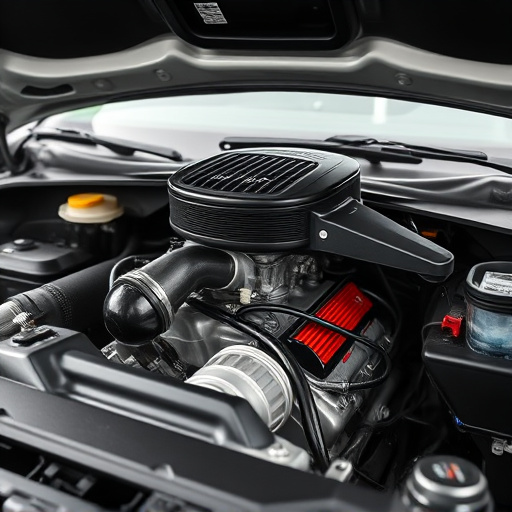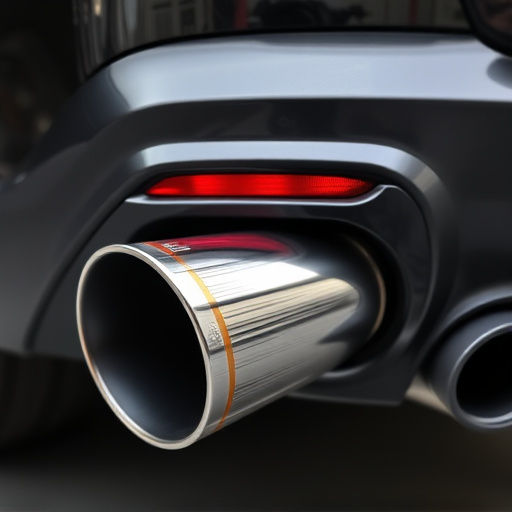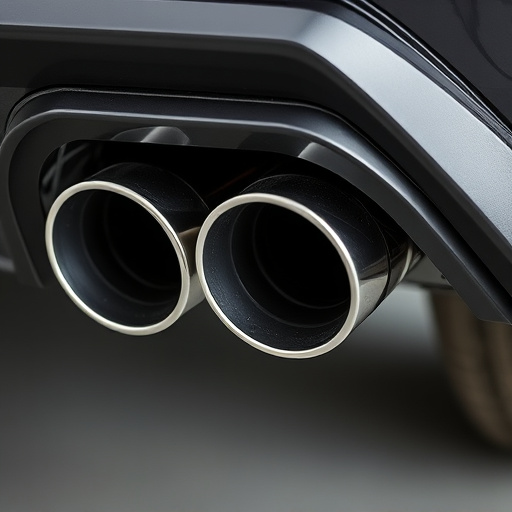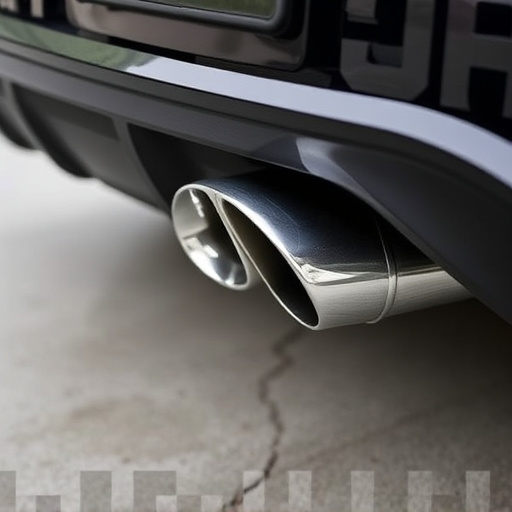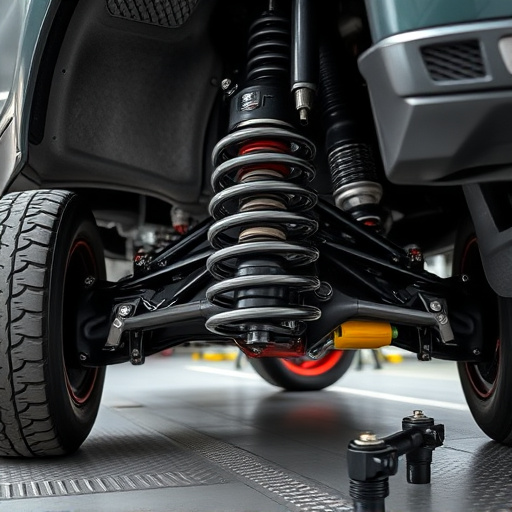Blow off valves protect engines from excess pressure during high performance. Clean and service them with specialized tools to maintain optimal engine health and enhance exhaust tip performance. Regular maintenance includes removing debris, inspecting for damage, replacing worn parts, and upgrading air filters & suspension kits for improved performance.
Properly maintaining your vehicle’s blow off valves is crucial for optimal engine performance and longevity. This guide provides a comprehensive overview on how to clean and service these essential components, breaking down complex mechanics into simple steps. From understanding their role in venting pressure to identifying the necessary tools, you’ll learn best practices to keep your car running smoothly. By following this step-by-step process, you can effectively maintain your blow off valves, ensuring a reliable and efficient driving experience.
- Understanding Blow Off Valves: Their Role and Basic Mechanics
- Tools Required for Effective Cleaning and Service
- Step-by-Step Guide to Cleaning and Maintenance Procedures
Understanding Blow Off Valves: Their Role and Basic Mechanics
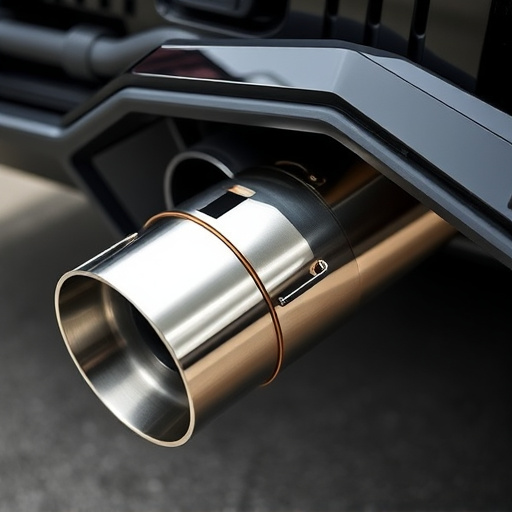
Blow off valves are crucial components in automotive systems, primarily designed to release pressurized air from the engine’s combustion chamber during high-performance operations. They play a vital role in maintaining optimal engine performance and preventing damage caused by excessive pressure buildup. These valves operate on a simple yet effective mechanism; when the engine reaches a certain threshold of pressure, the blow off valve opens, allowing compressed air to escape. This process prevents the build-up of excess pressure that could potentially harm sensitive engine parts, such as brake rotors or exhaust tips.
The basic mechanics involve a delicate balance between atmospheric pressure and engine internal pressure. As the engine’s compression ratio increases, so does the potential for pressurized air to accumulate. The blow off valve acts as a safety net, ensuring this pressure is safely discharged. This is particularly important during high-performance driving conditions, like rapid acceleration or hard cornering, where engine power output increases significantly. By controlling and redirecting compressed air, these valves contribute to overall engine health and performance, keeping components like muffler tips functioning optimally.
Tools Required for Effective Cleaning and Service
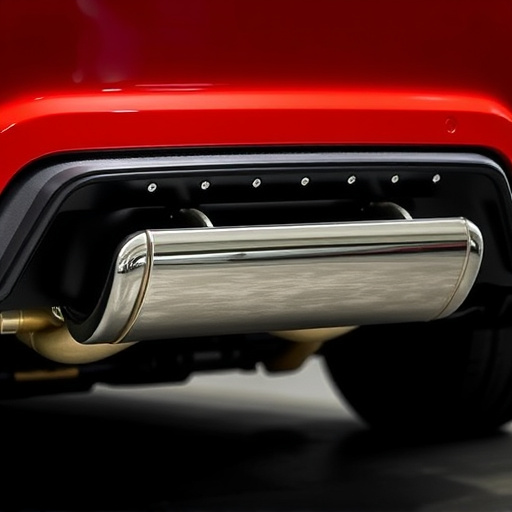
To effectively clean and service blow off valves, several specialized tools are essential. These include a set of adjustable wrenches for securing and loosening components, a high-pressure hose or power washer to remove debris, and a brush designed for tight spaces to scrub hard-to-reach areas. Additionally, having a can of compressed air handy helps dislodge particles from the valve’s internal mechanisms. For more intricate tasks, consider investing in suspension kits tailored for your vehicle, which often include specialized tools for cleaning and maintaining air intake systems, including blow off valves. Furthermore, performance air filters, known for their superior filtration capabilities, can also aid in keeping these valves free from contaminants that may hinder optimal performance.
Step-by-Step Guide to Cleaning and Maintenance Procedures

Cleaning and servicing blow off valves is a crucial part of maintaining optimal vehicle performance. Begin by locating the valve, typically found near the engine’s intake components. Next, gather the necessary tools, including a socket wrench or pliers, a can of specialized cleaner, and a set of clean rags. Disconnect any electrical connectors associated with the blow off valve to prevent accidental activation during cleaning.
With the valve exposed, use the cleaner to remove accumulated debris and grime. Pay close attention to hard-to-reach areas and ensure that all parts are thoroughly cleaned. After allowing the cleaner to dissipate, carefully inspect the valve for any signs of damage or wear. If necessary, replace worn components, such as O-rings or seals, to prevent leaks. For an added boost in performance, consider installing high-flow air filters designed for your vehicle’s intake system, and complement it with updated suspension kits for a smoother ride.
Properly maintaining your vehicle’s blow off valves is crucial for optimal engine performance. By understanding their function, gathering the right tools, and following a systematic cleaning process, you can ensure these components operate efficiently. Regular service not only enhances engine reliability but also contributes to better fuel economy and overall driving experience. Remember, well-maintained blow off valves are key to keeping your vehicle in top shape.








